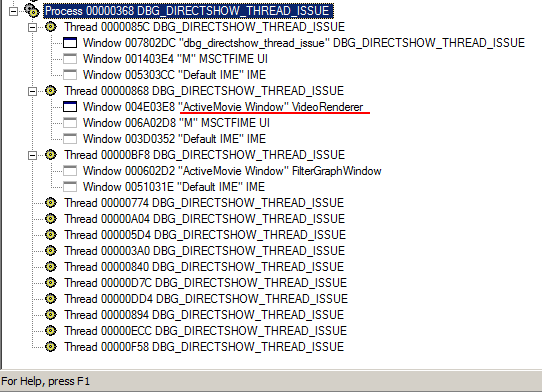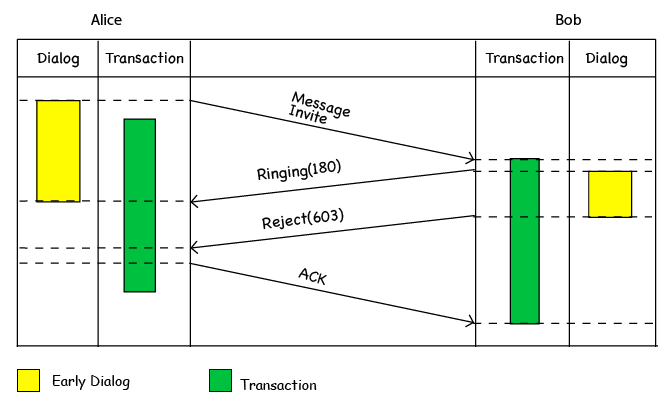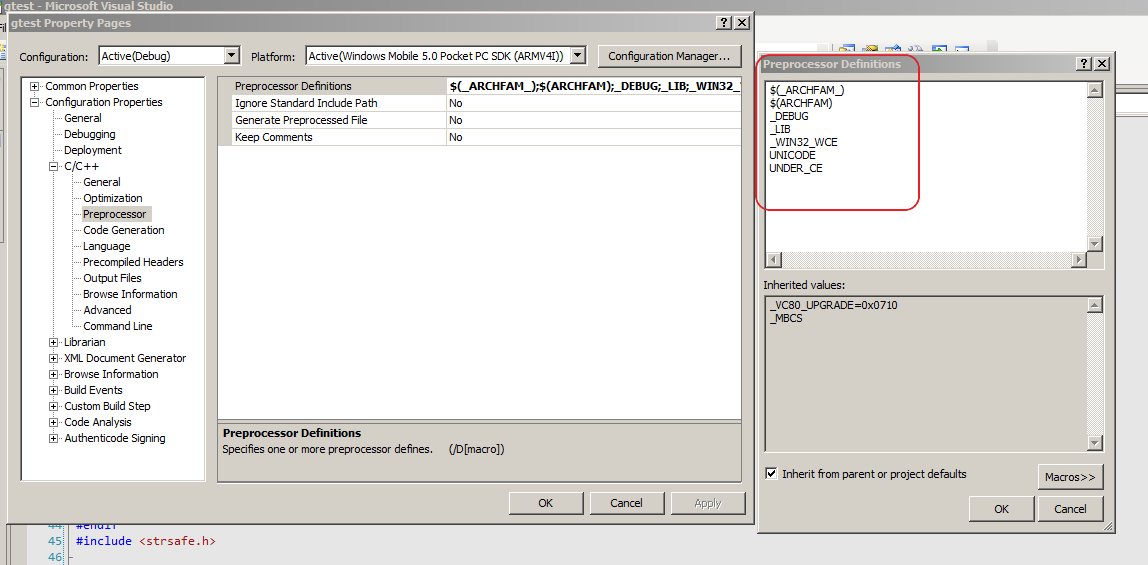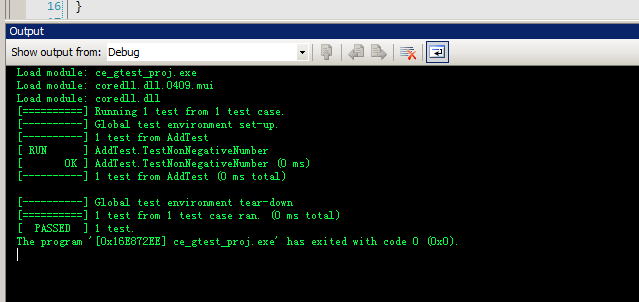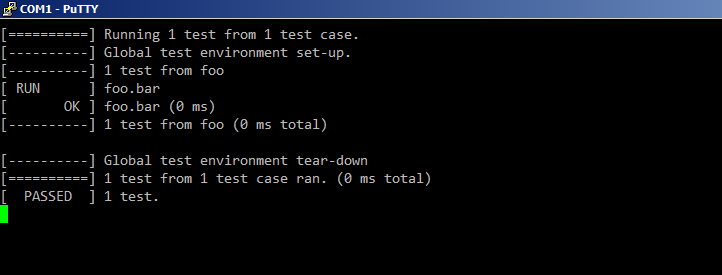Here is how to compile ffmpeg for android, using CodeSourcery's cross compiler.
1. Download and extract ffmpeg source code.
2. Use below commands to compile ffmpeg
./configure --arch=arm --cross-prefix=arm-none-linux-gnueabi- --extra-ldflags=-static --target-os=linux
make
3. Run file ffserver && readelf ffserver -d or arm-none-linux-gnueabi-objdump ffserver -x | grep NEEDED commands to make sure ffserver is statically linkedmake
4. Transfer ffserver tool, ffserver.conf file (defines what media files will be served by ffserver) and media files to android with adb push command
5. Start streaming server with ./ffserver -f ffserver.conf on andoird shell
Below is a sample ffserver.conf file, which tells the ffserver to listen on rtsp port 7654. It defines two media files for streaming, /data/1.mp3 and /data/1.mp4, respectively. So make sure these files exist.
# Port on which the server is listening. You must select a different
# port from your standard HTTP web server if it is running on the same
# computer.
Port 8090
# Address on which the server is bound. Only useful if you have
# several network interfaces.
BindAddress 0.0.0.0
# Port on which the server is listening. You must select a different
# port from your standard HTTP web server if it is running on the same
# computer.
RTSPPort 7654
# Address on which the server is bound. Only useful if you have
# several network interfaces.
RTSPBindAddress 0.0.0.0
# Number of simultaneous requests that can be handled. Since FFServer
# is very fast, it is more likely that you will want to leave this high
# and use MaxBandwidth, below.
MaxClients 1000
# This the maximum amount of kbit/sec that you are prepared to
# consume when streaming to clients.
MaxBandwidth 1000
# Access log file (uses standard Apache log file format)
# '-' is the standard output.
CustomLog -
# Suppress that if you want to launch ffserver as a daemon.
NoDaemon
<Stream 1.mp4>
Format rtp
File "/data/1.mp4"
</Stream>
<Stream 1.mp3>
Format rtp
File "/data/1.mp3"
</Stream>
# port from your standard HTTP web server if it is running on the same
# computer.
Port 8090
# Address on which the server is bound. Only useful if you have
# several network interfaces.
BindAddress 0.0.0.0
# Port on which the server is listening. You must select a different
# port from your standard HTTP web server if it is running on the same
# computer.
RTSPPort 7654
# Address on which the server is bound. Only useful if you have
# several network interfaces.
RTSPBindAddress 0.0.0.0
# Number of simultaneous requests that can be handled. Since FFServer
# is very fast, it is more likely that you will want to leave this high
# and use MaxBandwidth, below.
MaxClients 1000
# This the maximum amount of kbit/sec that you are prepared to
# consume when streaming to clients.
MaxBandwidth 1000
# Access log file (uses standard Apache log file format)
# '-' is the standard output.
CustomLog -
# Suppress that if you want to launch ffserver as a daemon.
NoDaemon
<Stream 1.mp4>
Format rtp
File "/data/1.mp4"
</Stream>
<Stream 1.mp3>
Format rtp
File "/data/1.mp3"
</Stream>
To test ffserver, we can start a media player that supports media streaming, and open the url: rtsp://{ip address of the android device}:7654/1.mp3.


